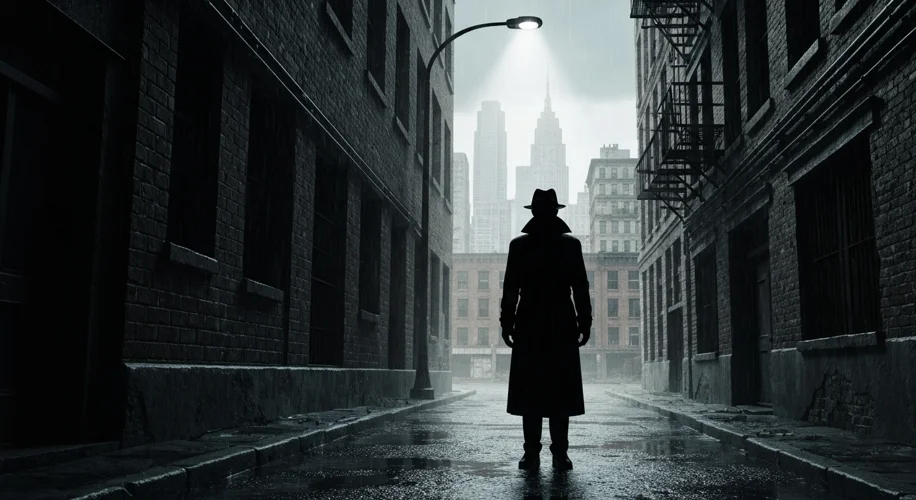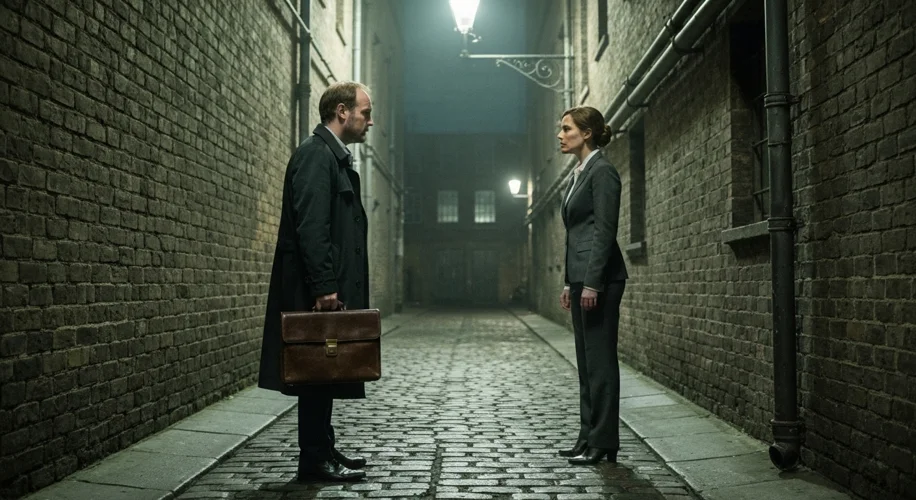The air crackled with a tension so profound it was almost palpable. Not the thunder of distant artillery, but the silent hum of secrets, the whispered betrayals, the unseen dance of shadows across a global chessboard. This was the Cold War, a nearly half-century struggle for dominance between the United States and the Soviet Union, a conflict waged not just with missiles and armies, but with spies, saboteurs, and the strategic manipulation of faraway lands.
Imagine a world divided. On one side, the capitalist West, led by the US, championing democracy and free markets. On the other, the communist East, marshaled by the USSR, advocating for a worker’s paradise. Between them, a chasm of ideology, fear, and mistrust. This wasn’t a war fought with direct confrontation between the two superpowers – the existential threat of nuclear annihilation made that a terrifying prospect. Instead, it was a war of nerves, a competition for influence, played out in the back alleys of Berlin, the jungles of Vietnam, and the deserts of Afghanistan.
At the heart of this struggle lay espionage, the art of the unseen. Agencies like the CIA and the KGB became masters of infiltration, exfiltration, and information warfare. Their operatives, often men and women of incredible courage and cunning, risked everything. They were the unseen architects of policy, the silent weavers of propaganda, the whisperers in the ears of powerful leaders. Think of the legendary tales of defectors, double agents, and daring escapes – stories that blurred the lines between reality and fiction, like the defection of Kim Philby, a British intelligence officer who was, in fact, a deep-cover Soviet spy, feeding secrets to Moscow for decades.

But the Cold War wasn’t just about spies trading secrets. It was also about proxy conflicts, wars where the superpowers backed opposing sides, fanning the flames of local disputes into international infernos. These were the battlegrounds where the ideological struggle turned deadly, where the dreams of distant nations became pawns in a larger game.
Consider the Korean War (1950-1953). The division of Korea after World War II, with the North backed by the Soviets and Chinese, and the South by the US and UN forces, exploded into a brutal conflict that left millions dead and the peninsula permanently fractured. Or Vietnam, a nation torn apart by a civil war that became a proxy battleground for communist North Vietnam, supported by the USSR and China, against South Vietnam, aided by the United States. The sheer scale of death and destruction in these conflicts was staggering, a grim testament to the human cost of superpower rivalry.
Afghanistan, too, became a brutal theater. When the Soviet Union invaded in 1979, the United States, Pakistan, and Saudi Arabia covertly armed and funded the Mujahideen resistance fighters. What began as a Soviet quagmire eventually contributed to the unraveling of the Soviet empire itself, but at a terrible cost for Afghanistan, which was left devastated and fractured.
These proxy wars were more than just footnotes in the grand narrative of the Cold War; they were its bloody manifestations. They shaped the political landscapes of entire continents, leaving legacies of instability, resentment, and ongoing conflict that reverberate even today. The CIA’s covert operations extended far beyond these major conflicts, aiming to destabilize governments perceived as pro-Soviet, from Guatemala in the 1950s to Chile in the 1970s.
The impact of this era is undeniable. The constant threat of nuclear war shaped global politics and societal anxieties. The arms race consumed vast resources, pushing technological innovation in both military and civilian spheres, but also fueling a sense of existential dread. The pervasive culture of espionage fostered deep mistrust and paranoia, both internationally and domestically, influencing domestic policy and civil liberties in many nations.
The legacy of the Cold War, with its shadowy espionage and devastating proxy wars, is a complex tapestry. It’s a story of ideological clash, of fear and suspicion, but also of incredible bravery and resilience. It serves as a stark reminder of how geopolitical rivalries can ignite devastating conflicts, leaving scars that endure for generations. Understanding this era is crucial to understanding the world we inhabit today, a world still grappling with the echoes of that long, silent war.

